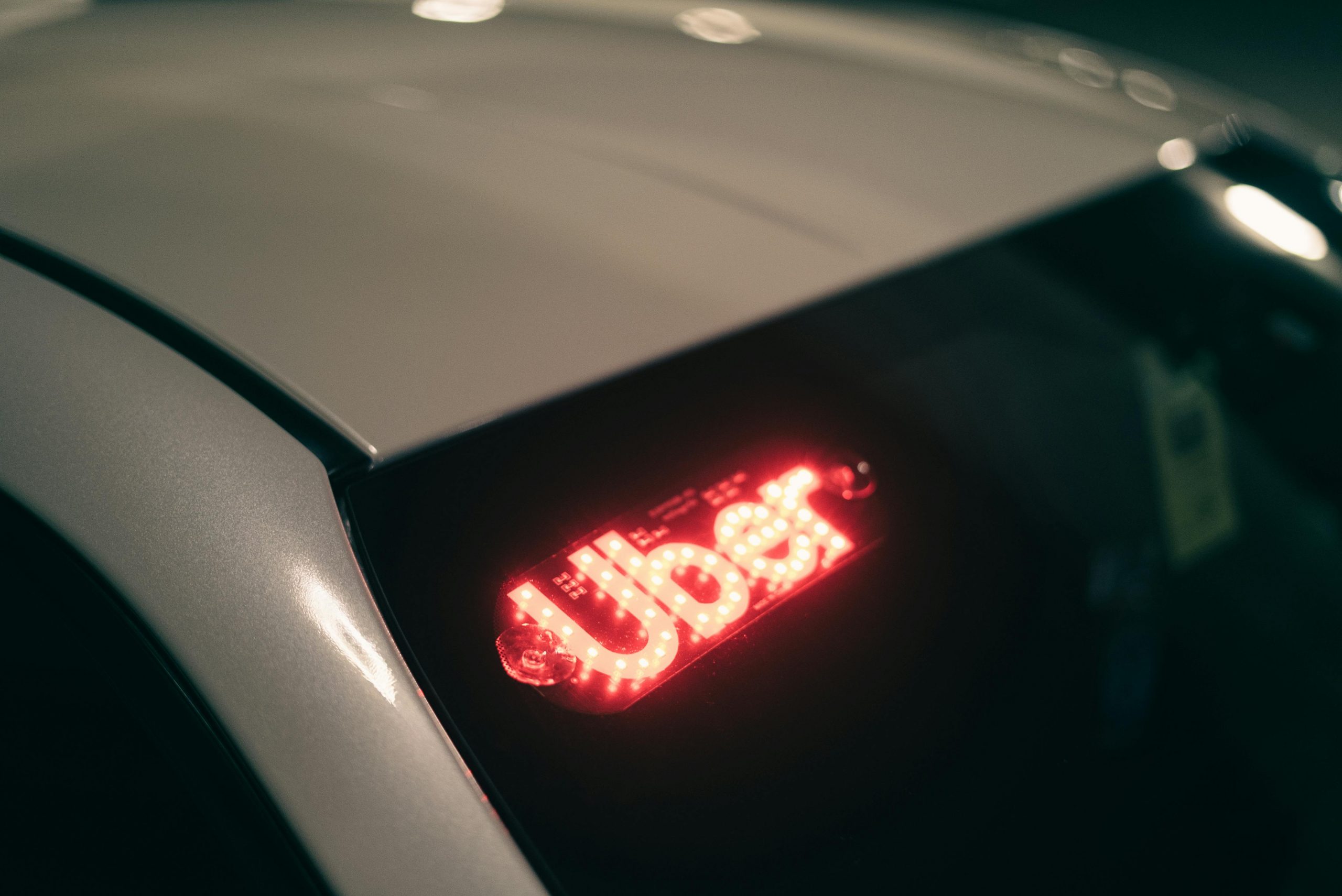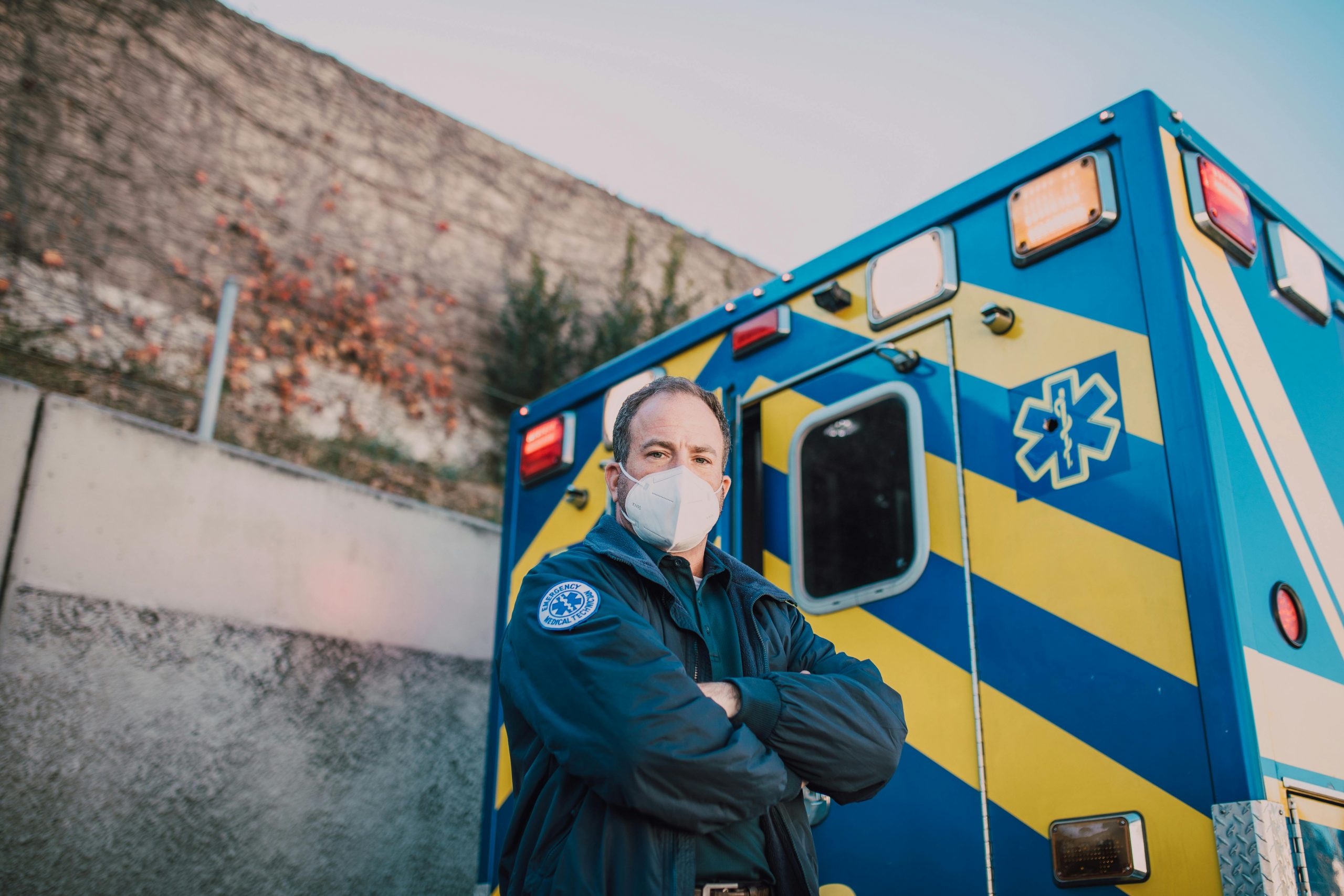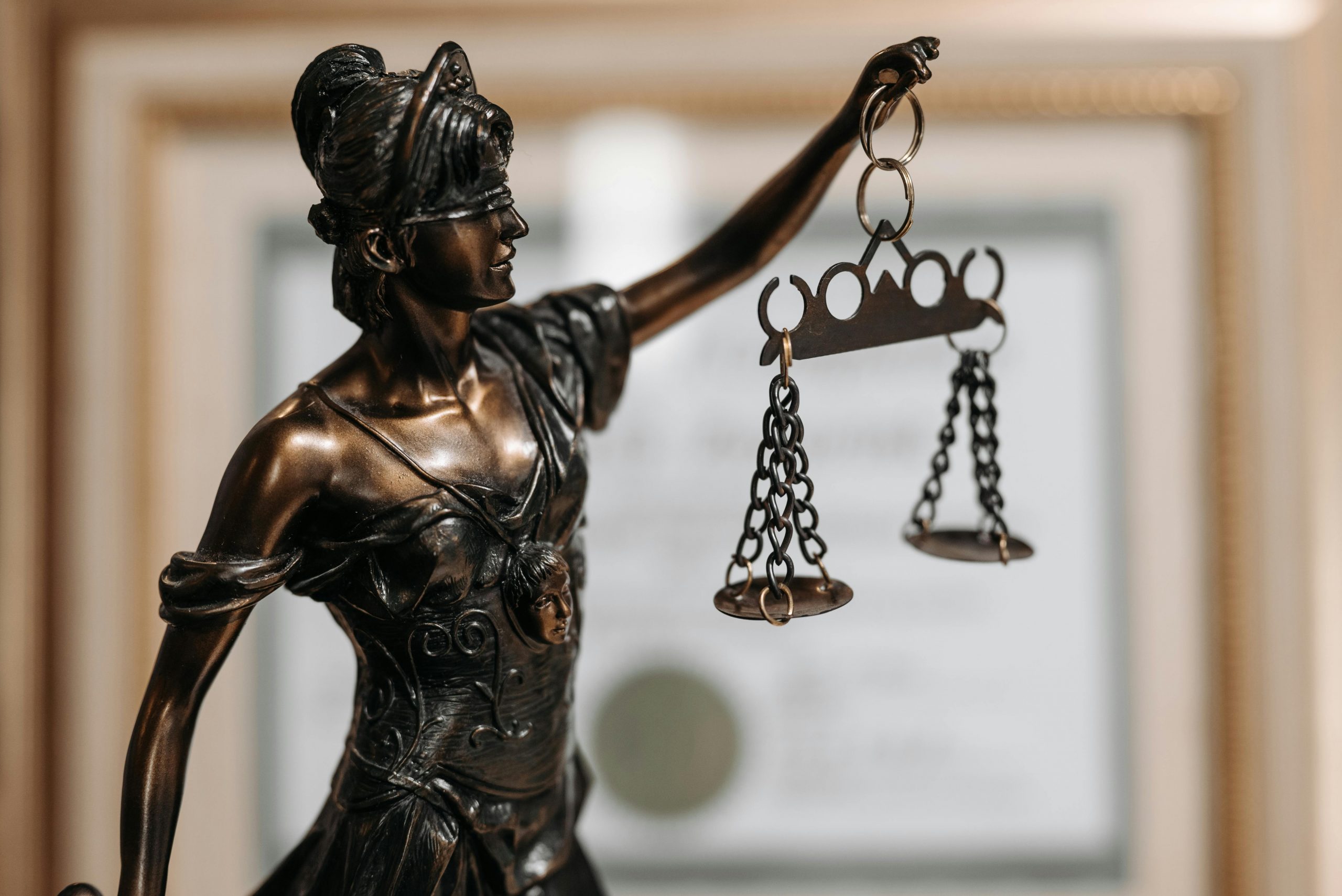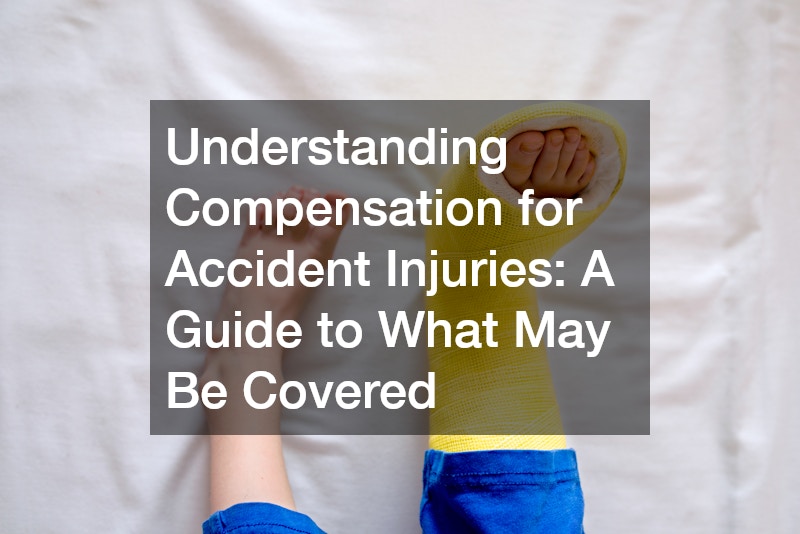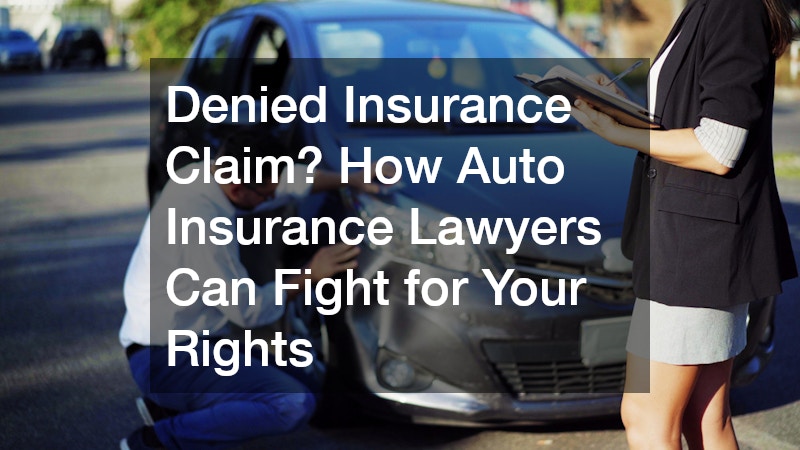
Rideshare services like Uber have revolutionized transportation, but what happens when your seemingly routine ride ends in an accident? Unlike traditional car accidents, crashes involving Uber vehicles bring added complexity due to insurance policies, third-party drivers, and company involvement. If you’ve been in an Uber accident as a passenger, pedestrian, or another driver, understanding your legal rights is crucial.
This comprehensive guide explains what to do if your Uber crashes, the legal implications, and what compensation you might be entitled to under various scenarios.
What to Do If Your Uber Crashes: First Steps at the Scene
When you’re involved in an Uber crash—whether as a passenger, pedestrian, or another driver—your actions immediately after the accident can greatly affect your health, safety, and ability to file a successful claim later. Acting quickly and correctly can strengthen your legal standing and help ensure fair compensation.
Here’s a detailed breakdown of what to do if your Uber crashes, step by step:
1. Prioritize Safety and Medical Attention
Your health is the first priority. Even if injuries seem minor or invisible (like concussions or internal trauma), do not assume you’re fine. Many injuries from car accidents have delayed symptoms.
- Check yourself and others for injuries. If you feel pain, dizziness, confusion, or any other discomfort, report it immediately—even subtle signs matter later for a medical claim.
- Call 911 for emergency medical services. Let the dispatcher know you’re in a rideshare accident, the location, number of vehicles involved, and whether there are injuries.
- Move to a safe location if possible. If you’re in a vehicle on a busy road, get out and move to the sidewalk or shoulder—unless you are injured or it’s unsafe to do so.
- Do not attempt to drive or leave the scene. Stay put until authorities arrive unless directed otherwise by first responders.
Tip: If you’re a passenger, ask the Uber driver not to leave the scene, even if they believe the crash is minor.
2. Report the Accident to Authorities
Even if the crash appears small, don’t skip calling the police. A formal police report provides official documentation that insurers and lawyers rely on.
- Request a police presence at the scene. This is especially important if there are injuries, vehicle damage, or a dispute about who is at fault.
- Give your statement clearly and factually. Avoid guessing, speculating, or saying things like “I’m okay” or “It was no big deal,” which could weaken your claim later.
- Get the officer’s name, badge number, and report number. Ask when and where you can obtain a copy of the police report—it may be vital for insurance or legal claims.
Note: If police don’t come to the scene (which sometimes happens for minor accidents), you may need to file a crash report with your local DMV or police department online or in person within a certain number of days.
3. Document the Scene Thoroughly
Evidence begins at the crash site. If you’re physically able and it’s safe to do so, collect as much visual and written documentation as you can. This supports your version of events and helps establish liability.
Take photos or video of:
- All vehicles involved (from multiple angles, showing impact and placement)
- License plates and vehicle makes/models
- Visible injuries (cuts, bruises, swelling, etc.)
- Interior of the Uber vehicle (especially if airbags deployed or seatbelts malfunctioned)
- Road conditions (wet pavement, potholes, debris, skid marks)
- Street signs, traffic signals, and intersections
- Weather conditions at the time of the crash
Bonus Tip: Use your phone’s voice memo or notes app to record your memory of what happened while it’s still fresh.
4. Get Driver and Witness Information
Collect information from all drivers and any nearby witnesses. This will help determine fault, back up your version of events, and simplify insurance claims.
Be sure to get:
- Uber driver’s full name, license number, and contact info
- Uber driver’s personal insurance provider and policy number
- The vehicle’s registration and license plate number
- Contact information for any other drivers involved
- Insurance details from all involved vehicles
- Names and contact info of any eyewitnesses (bystanders, store employees, nearby drivers)
Important: Ask the Uber driver if they were actively logged into the Uber app and whether they had an ongoing trip. This affects which insurance policy will apply.
5. Report the Incident to Uber
Uber requires passengers to report any safety incidents through the app, and filing this report promptly can trigger their insurance protocols.
How to report the crash in the Uber app:
- Open the Uber app and go to “Your Trips”
- Select the ride during which the accident occurred
- Scroll down and tap “Help” or “I was involved in an accident”
- Follow the prompts to submit the details
After filing, Uber’s support team or third-party insurance provider may contact you. Stick to the facts and do not accept fault or discuss injury compensation without legal advice.
Bonus Tip: Take screenshots of your ride history, trip receipt, and any messages exchanged with the driver before and after the crash. These can be useful later.
Who Is Liable in an Uber Crash?
When you’re in an Uber accident, multiple parties could be liable depending on who was at fault and whether the Uber driver was actively working.
Key Factors That Determine Liability:
- Was the Uber driver at fault or another driver?
- Was the Uber driver logged into the app?
- Was the Uber driver en route to pick up a passenger or completing a trip?
Scenarios and Liability Breakdown:
| Situation | Who May Be Liable |
| Uber driver is off-duty | Driver’s personal auto insurance |
| Uber driver is logged in but hasn’t accepted a ride | Uber’s limited liability coverage |
| Uber driver has accepted a ride or has passenger | Uber’s $1M commercial policy |
| Another driver caused the crash | That driver’s insurance (Uber may assist) |
What Are Your Legal Rights as a Passenger?
If you’re a passenger in an Uber during a crash, you are rarely at fault. This puts you in a strong legal position to seek compensation for injuries and losses.
You Have the Right To:
- Receive medical treatment covered by insurance
- File a claim against the at-fault party (Uber or third-party driver)
- Consult an attorney before speaking to insurance adjusters
- Be compensated for medical bills, lost wages, and pain and suffering
What to Do If Your Uber Crashes and You’re Injured
Not all injuries show up immediately. It’s essential to protect your health and legal standing even if you feel fine right after the accident.
Steps to Take If You’re Hurt:
- Seek medical care within 24–48 hours
- Keep all medical records, prescriptions, and bills
- Track missed work days and lost income
- Avoid making statements like “I’m fine” to insurance reps
Note: Uber’s $1 million liability coverage applies when you’re a passenger in an active ride.
Can You Sue Uber Directly?
In most cases, Uber classifies its drivers as independent contractors, not employees. This limits your ability to sue the company directly.
However, you may still be able to take legal action if:
- Uber was negligent in hiring a driver with a dangerous record
- The Uber app malfunctioned in a way that contributed to the crash
- There was an issue with the vehicle Uber knew about but failed to act on
If Uber can be tied to gross negligence or technology failures, you may be able to bring a lawsuit against the company itself.
What If You Were Hit by an Uber as a Pedestrian or Driver?
You don’t need to be an Uber passenger to have a valid claim. If an Uber driver hits your car, bike, or you’re a pedestrian, Uber’s insurance may still apply—depending on whether the driver was working at the time.
For Non-Passengers:
- If the Uber driver was off duty, only the driver’s personal auto policy applies.
- If the driver was on-duty without a passenger, Uber provides limited liability coverage (typically $50,000–$100,000).
- If the driver was actively transporting a passenger, you may be eligible under Uber’s full $1 million policy.
Uber’s Insurance Coverage: A Breakdown
Uber’s insurance policy varies based on the driver’s status at the time of the crash.
| Driver’s Status | Coverage Provided by Uber |
| App off | No coverage (driver’s own policy) |
| App on, no ride accepted | $50k per person/$100k per accident, $25k property damage |
| Ride accepted or passenger onboard | Up to $1 million liability, $1 million uninsured/underinsured motorist coverage |
This tiered system means the timing of the crash can greatly affect your compensation.
How to File a Claim After an Uber Crash
Whether you’re filing with Uber’s insurer or a third-party insurer, it’s crucial to file the right type of claim. Here’s how to begin:
1. Identify the At-Fault Party
This determines which insurer to contact first.
2. Gather Evidence
- Medical records
- Police report
- Photos of the crash
- Statements from witnesses
3. Contact the Insurance Company
If Uber is involved, you may deal with their third-party insurer (often James River Insurance or another large provider).
4. Don’t Accept a Quick Settlement
Insurance companies often offer low initial settlements. Always consult an attorney before agreeing to any amount.
Should You Hire a Lawyer After an Uber Crash?
Uber accident claims can be legally complex. A personal injury attorney can help you:
- Understand what to do if your Uber crashes under various legal conditions
- Prove fault and build a strong case
- Negotiate with insurance companies
- Maximize your compensation
Many personal injury lawyers work on a contingency basis, meaning you don’t pay unless you win.
Common Challenges in Uber Crash Cases
Be aware of the hurdles that could affect your case:
1. Multiple Insurance Providers
You may have to deal with Uber’s insurer, the Uber driver’s policy, and other drivers’ insurers.
2. Disputes Over Fault
Uber may try to deny responsibility if their driver was not logged into the app.
3. Delayed Injuries
Insurance companies may question your claim if you delay seeking treatment.
4. Pressure to Settle
Adjusters often pressure victims to accept less than they deserve. Don’t rush the process.
FAQs About What to Do If Your Uber Crashes
Can Uber Kick Me Off the App for Reporting a Crash?
No. Uber encourages users to report accidents and has support systems in place to investigate.
What If the Uber Driver Leaves the Scene?
That could qualify as a hit-and-run, which carries criminal implications. Report it to police immediately and consult a lawyer.
Will My Health Insurance Cover Uber Crash Injuries?
It may cover some costs upfront, but you can still file a personal injury claim for reimbursement.
What If I’m Partially at Fault?
Even if you were partially responsible (e.g., not wearing a seatbelt), you may still be eligible for compensation, depending on your state’s laws on comparative fault.
Final Thoughts: Know Your Rights Before It’s Too Late
Being involved in an Uber accident can be frightening, but knowing what to do if your Uber crashes—and understanding your legal rights—can make all the difference in how your recovery unfolds.
Whether you were a passenger, pedestrian, or another driver, don’t assume Uber or insurance companies have your best interest in mind. Take steps early, collect evidence, seek medical attention, and speak with a qualified attorney to protect your legal rights.
